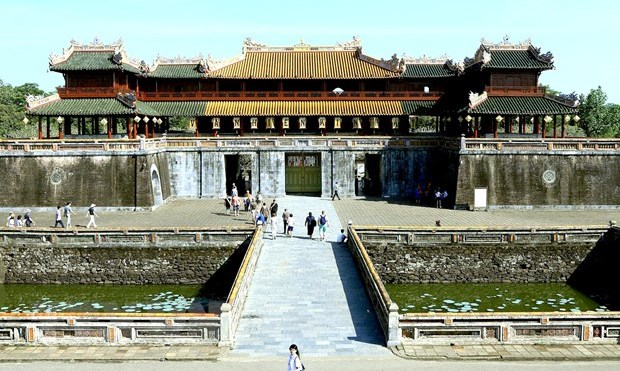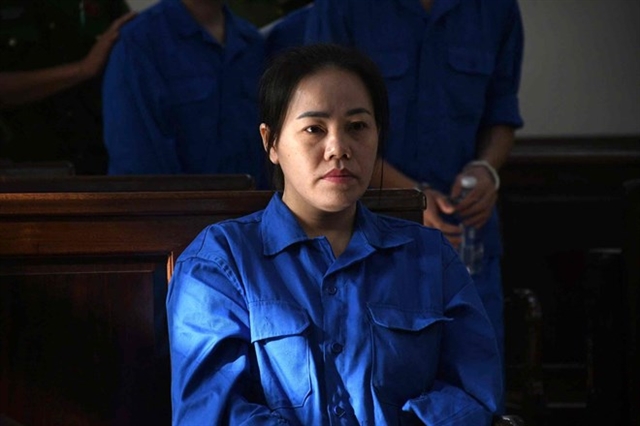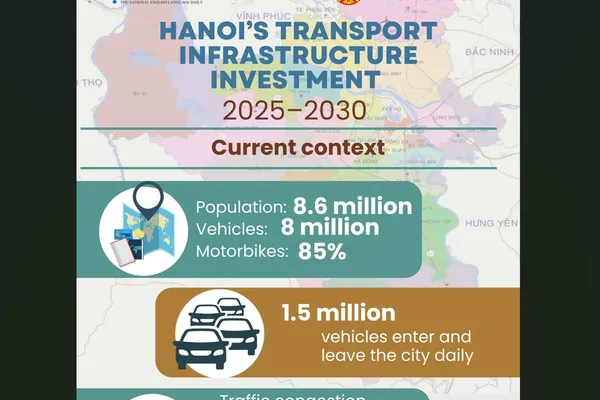 Life & Style
Life & Style


|
| The Huế Imperial Citadel was recognised as a World Cultural Heritage Site by UNESCO in 1993. — Photo thethaovanhoa.vn |
THỪA THIÊN-HUẾ — New research into the former imperial capital of Huế during the 19th century, including architecture, politics, military affairs, culture, and social affairs, was released at a symposium on Wednesday.
Those in attendance agreed that Huế was a symbol of Việt Nam during that time, with architecture mirroring global achievements in citadel and palace building.
Associate Professor and Dr Đỗ Bang, Vice Chairman of the Vietnam Association of Historical Sciences and Chairman of the Thừa Thiên-Huế Association of Historical Sciences, said the former imperial city reflects the power of the Vietnamese monarchy.
Associate Professor and Dr Nguyễn Văn Đăng from the Huế University described Huế’s planning as the most typical of a Vietnamese city in the late medieval period.
Huế in the 19th century was the peak of the Nguyễn Dynasty (1802-1945), and this is significant as Thừa Thiên-Huế Province makes every effort to implement Politburo Resolution No. 54/NQ-TW on building and developing it into a centrally-run city on the basis of its heritage values.
The Huế Imperial Citadel was recognised as a World Cultural Heritage Site by UNESCO in 1993.
Việt Nam’s imperial capital for over 100 years, Huế is home to five UNESCO heritages: the ancient citadel relic complex, Huế royal court music, the Nguyễn Dynasty’s wooden blocks, the Nguyễn Dynasty’s royal administrative documents, and literature on Huế royal architecture. — VNS




